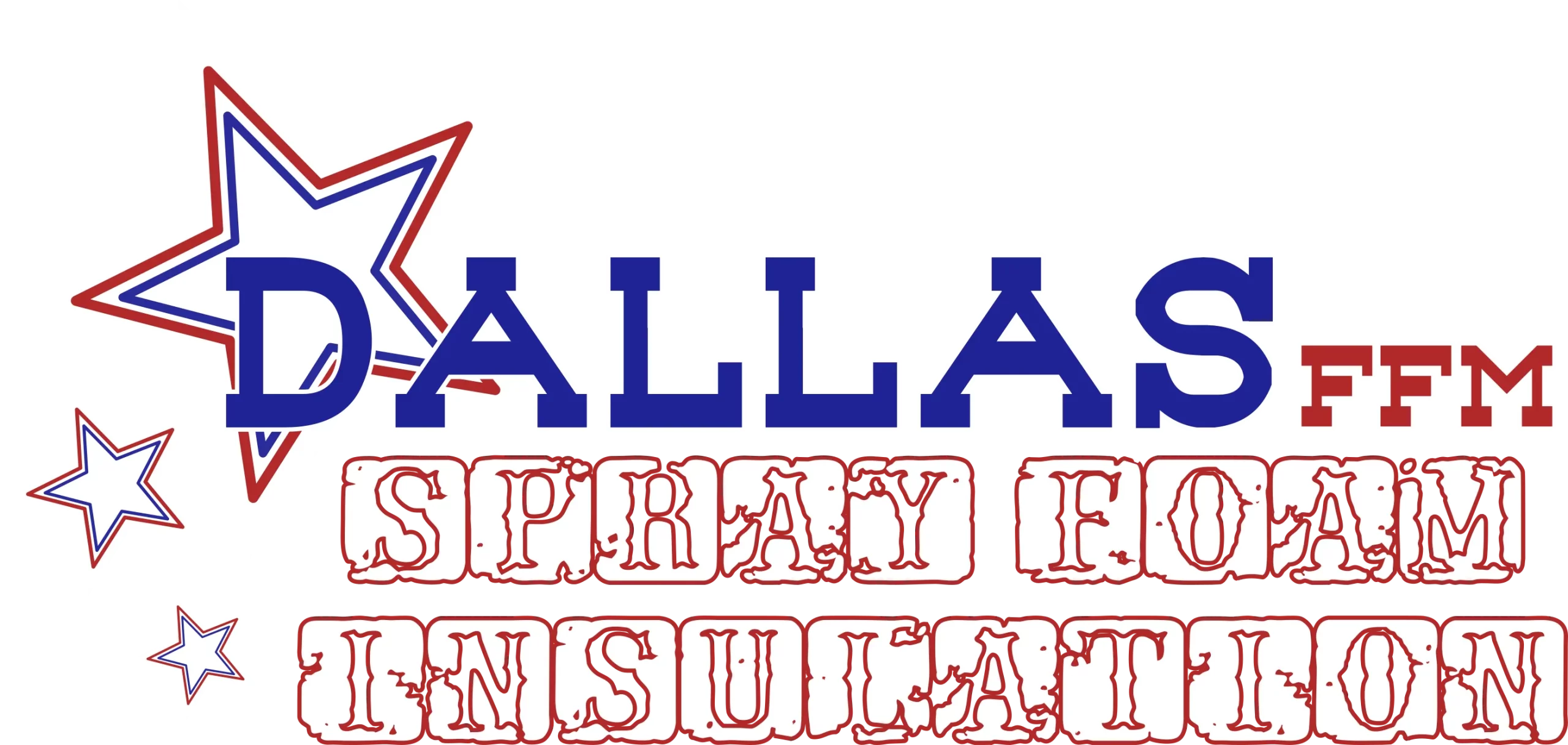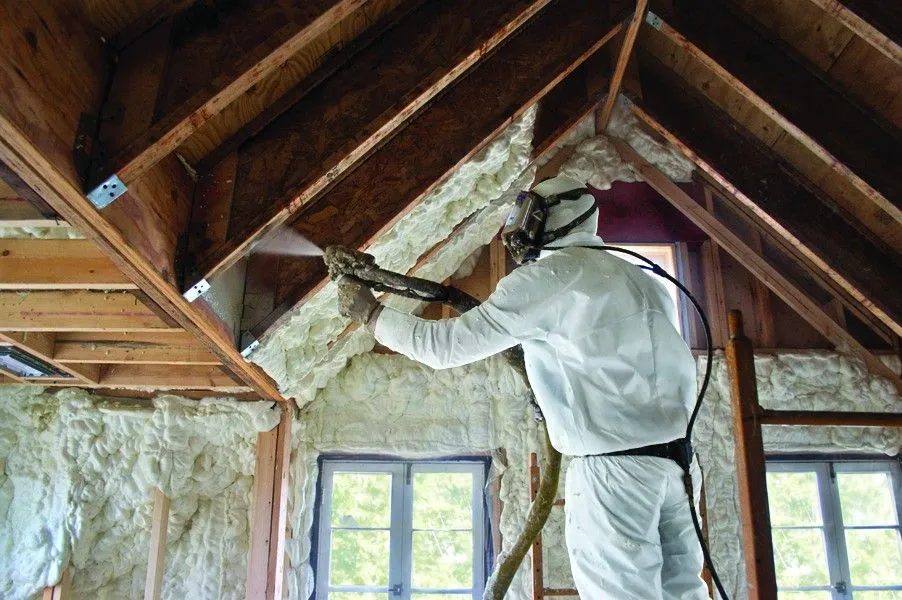Spray foam insulation is a popular choice for homeowners and businesses seeking energy efficiency and long-term cost savings. However, despite its advantages, spray foam comes with certain drawbacks that must be considered before installation. Understanding these potential negatives can help individuals make informed decisions about whether spray foam insulation is the right choice for their needs.
Potential Health Concerns
Off-Gassing and Air Quality Issues
One of the primary concerns with spray foam insulation is the release of volatile organic compounds (VOCs) during and after application. These compounds can cause temporary irritation of the eyes, nose, and throat. Proper ventilation and adherence to manufacturer guidelines can mitigate these risks, but exposure remains a concern for individuals with respiratory conditions or chemical sensitivities.
Long-Term Health Risks
Even after curing, improperly installed spray foam may continue to release low levels of chemicals. This can lead to indoor air quality issues, especially in tightly sealed homes. Homeowners should ensure professional installation to minimize these risks.
Installation Challenges
Professional Expertise Required
Unlike traditional insulation materials like fiberglass or cellulose, spray foam requires specialized equipment and trained professionals for proper application. Incorrect installation can lead to gaps, uneven coverage, and long-term insulation failure.
High Initial Cost
Spray foam insulation is more expensive upfront compared to traditional insulation types. The cost per square foot can be significantly higher due to labor, materials, and specialized equipment requirements. While the long-term energy savings can offset this initial investment, the upfront cost may not be feasible for every budget.
Structural and Property Issues
Potential for Over-Expansion
If spray foam is not applied correctly, it can expand excessively, causing pressure on walls and structural components. This can lead to cracks in drywall or damage to the integrity of a building’s framework.
Difficult Repairs and Modifications
Once spray foam is applied, it hardens and adheres strongly to surfaces, making future repairs or modifications challenging. Electrical and plumbing systems covered by spray foam may require significant effort to access for repairs, potentially leading to increased costs.
Environmental Considerations
Non-Biodegradable Material
Spray foam insulation is composed of polyurethane, a material that does not break down easily. This means that discarded spray foam contributes to landfill waste, raising environmental concerns.
Greenhouse Gas Emissions
Some spray foam formulations contain hydrofluorocarbon (HFC) blowing agents, which contribute to greenhouse gas emissions. While newer formulations are improving their environmental footprint, this remains a factor to consider when choosing insulation materials.
Potential for Moisture and Mold Issues
Improper Sealing Can Trap Moisture
While closed-cell spray foam provides an effective moisture barrier, improper application or damaged insulation can trap moisture within walls. This can lead to mold growth, wood rot, and structural issues over time.
Hidden Moisture Problems
Unlike traditional insulation, which allows moisture to pass through, spray foam can conceal leaks. This can make it difficult to detect water damage until significant structural problems arise.
Fire Safety Concerns
Flammability Risks
Although spray foam insulation is treated with fire retardants, it remains a combustible material. In the event of a fire, spray foam can contribute to smoke and toxic fume production, posing additional risks to occupants.
Code Compliance Issues
Some jurisdictions require additional fire protection measures, such as drywall coverings, to meet building codes. These additional requirements can increase the overall cost and complexity of using spray foam insulation.
Conclusion
While spray foam insulation offers numerous benefits, including energy efficiency and air sealing, it also comes with potential drawbacks such as high costs, installation complexity, and environmental concerns. Homeowners in Dallas, TX, should carefully evaluate these factors before choosing spray foam insulation for their properties. Consulting with professionals can help mitigate risks and ensure optimal installation.
Get Expert Advice on Spray Foam Insulation
For expert guidance and professional spray foam installation, reach out to Dallas FFM Spray Foam Insulation. Their experienced team can provide tailored solutions to ensure optimal insulation performance. Contact them today to learn more about the best insulation options for your home or business in Dallas, TX.
Frequently Asked Questions
Is spray foam insulation safe for homes with children and pets?
Yes, but only after proper curing. The installation process releases chemicals that require temporary evacuation of the home. Once fully cured, professionally installed spray foam is generally safe.
How long does spray foam insulation last?
Spray foam insulation can last over 30 years when installed correctly. However, improper application can lead to premature degradation or performance issues.
Can spray foam be removed if needed?
Yes, but it is a labor-intensive and costly process. Since spray foam adheres strongly to surfaces, removal may require cutting and scraping, potentially damaging underlying structures.
Does spray foam insulation attract pests?
No, spray foam does not provide a food source for pests. However, it can create hidden spaces where rodents or insects may nest if gaps or openings exist.
Can spray foam insulation be installed in older homes?
Yes, but older homes may require additional preparation, such as addressing moisture issues and ensuring structural stability before application.
Will spray foam insulation reduce energy bills?
Yes, when properly installed, spray foam can significantly improve energy efficiency by reducing air leaks. However, the return on investment depends on climate, home size, and energy costs.
Is spray foam better than fiberglass insulation?
Spray foam offers superior air sealing and durability compared to fiberglass, but it is more expensive and requires professional installation. The best choice depends on budget and insulation needs.
Can spray foam be applied over existing insulation?
It depends on the type of insulation. Some existing insulation may need to be removed to ensure proper adhesion and effectiveness of the spray foam.
What is the difference between open-cell and closed-cell spray foam?
Open-cell spray foam is lighter and more flexible, providing sound insulation, while closed-cell spray foam is denser, offering better moisture resistance and structural support.
How does spray foam perform in extreme temperatures?
Spray foam provides excellent thermal resistance, making it effective in both hot and cold climates. However, extreme temperature fluctuations can impact its performance over time.



